
I’ve always had a thing for faces — especially in black and white.
Surprisingly, my favorite photographer isn’t Ansel Adams (though I deeply admire his landscapes). My heart belongs to Yousuf Karsh. His portraits of Hemingway, Hepburn, and Churchill are pure legend — crisp, clean, and perfectly balanced. Karsh’s tones never wander; his light never lies. He didn’t just photograph faces. He sculpted souls.
Why Black and White Still Captivates Me
There’s something timeless about stripping away color. Black and white forces you to see differently — to feel the shape of emotion, the nuance of shadow, the honesty of light. It’s not nostalgia, it’s truth. Without the distraction of hue, the soul of the subject stands bare, illuminated only by tone and texture.
Yousuf Karsh: The Sculptor of Souls
Karsh was the first to teach me that light isn’t just illumination — it’s revelation. His portraits of Hemingway, Hepburn, and Churchill carry a kind of thunder in their stillness. Every crease, every highlight feels intentional, deliberate. His work whispered to me: light isn’t something you use — it’s something you respect.
For years, I had a documentary on my DVR called Karsh Is History. I must have watched it dozens of times — studying the way he spoke about light, the rhythm of his movements, even the hush in the room as he worked. If I close my eyes, I can still hear the narrator’s voice, warm and measured, guiding me through Karsh’s world frame by frame.
Then one day, my DVR died — and with it, the documentary was gone. I’ve searched ever since. Every now and then, I’ll spot a DVD online, but the asking price feels a little too steep for nostalgia (though I’ll admit, I’ve hovered over that “Buy” button more than once).
Still, Karsh’s lessons live in my memory — crisp, luminous, unshakable.
Joe McNally: The Storyteller in Light
Another photographer who completely changed how I see is Joe McNally — the king of storytellers and a master of light. I fell in love with his photograph of Kermit the Frog, taken after Jim Henson’s passing in 1990.
A simple image: Kermit sitting quietly in Jim’s director’s chair. Yet it speaks volumes. The tenderness, the loss, the love — it’s all there, shaped by the softest light.
Years later, I had the chance to attend one of Joe’s seminars. He signed a book for me, and we even talked about that Kermit photo for a few minutes. Just two guys geeking out over light. He was exactly what you’d hope he’d be — humble, passionate, just a regular dude doing extraordinary things with a camera.
David Hobby and the Spark That Started It All
Not long after, my wife gave me a flash as a gift — a small, unassuming thing that I had absolutely no idea how to use. But curiosity is a powerful motivator, and before long, I found myself down a rabbit hole of Google searches that led to a site called Strobist.
The brainchild of David Hobby, Strobist was a treasure chest for anyone wanting to understand light — presented in lessons that were clear, practical, and surprisingly easy to digest. It wasn’t just about technique; it was about seeing differently.
Through his teachings, I learned how to control, shape, and create light — not just with expensive gear, but with imagination and intention. I can honestly say I learned more from David Hobby than anyone else. His work transformed that single flash from a mysterious gadget into a creative instrument — and from that moment on, I was hooked.

The Endless Experiment with Light
I went all in after that — studying everything I could find. Online classes, books, tutorials, trial and error. I learned how to bend light, diffuse it, and build it from scratch. The power to create light — literally in the palm of my hand — felt like magic.
And like all good obsessions, it grew. One light became two, then three. Umbrellas, softboxes, snoots, and grids — each one another instrument in the orchestra of illumination.
I photographed anything that would hold still long enough — people, produce, props, whatever I could get in front of my camera. Apples, strawberries, oranges, lemons — if it reflected light, it was fair game.hatever I could get in front of my camera. Apples, strawberries, oranges, lemons — if it reflected light, it was fair game.
Finding Inspiration in Helen Mirren
Then last night, while taking it easy between laundry and coffee refills, I stumbled upon a stunning black and white portrait of Helen Mirren. The light was flawless. Elegant, understated, commanding.
It pulled me in instantly — and it reminded me why I fell in love with portrait photography in the first place. That moment when light and humanity meet in perfect balance.
From 1,800 to 24: A Photographer’s Reckoning
That single image sent me digging through my own archives. One folder led to another, and soon, I was lost in a sea of faces — years of portraits, experiments, and stories.
After hours of sorting (and more coffee), I had narrowed nearly 1,800 keepers down to just 24.
Twenty-four photographs that, to me, represent everything I’ve learned — and everything I still want to discover — about people and light.
Each Face, a Story of Its Own
Each of these portraits holds something different — a flicker of mischief, a moment of vulnerability, a spark of resilience. They’re more than photographs; they’re conversations.
The kind you don’t rush. The kind that stay with you long after the shutter clicks.
I’d Love to Hear What You See
So here they are — my 24 portraits, old friends rediscovered under new light.
I’d love to know what you think. Which one speaks to you? Which one lingers after you scroll away?
Because in the end, portrait photography isn’t just about seeing a face —
it’s about feeling it.

Your Journey Awaits
I’ve wandered the shorelines, captured the light, and yes—I drink way too much coffee. Let me help you create your story.

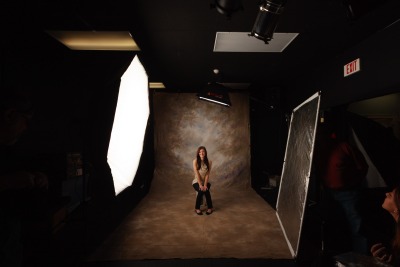
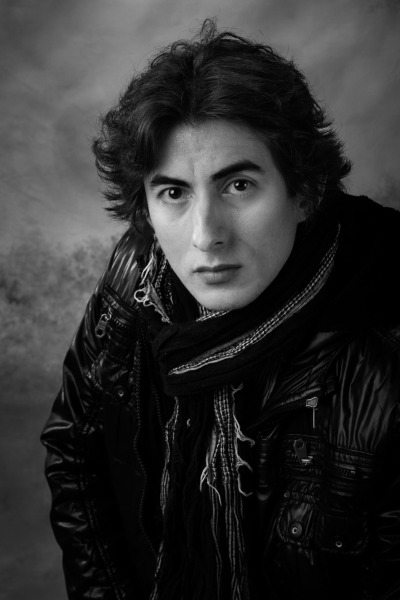
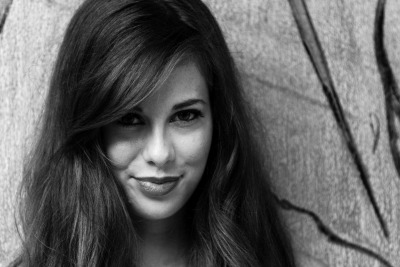
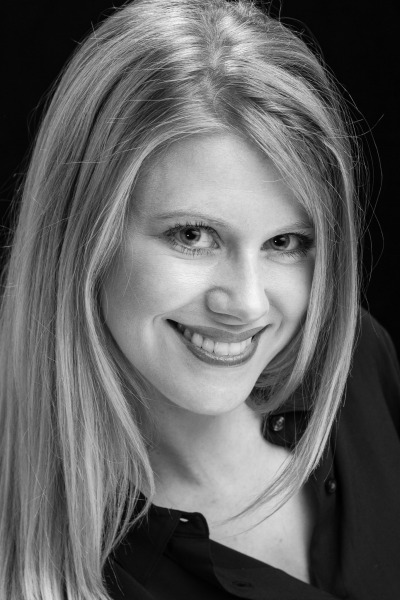
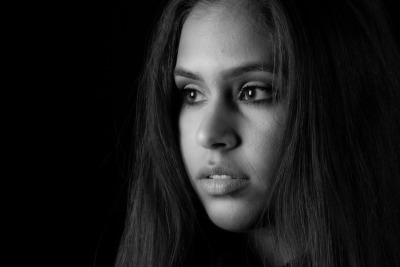
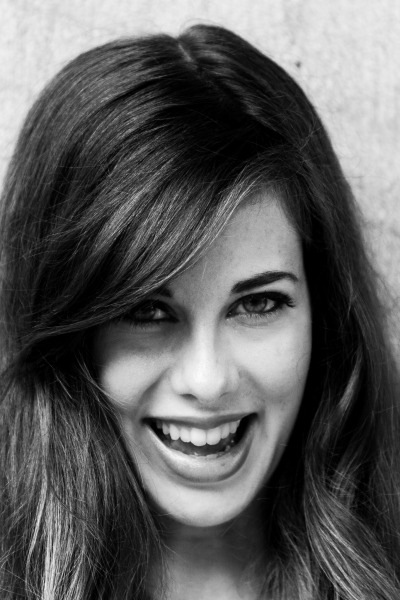
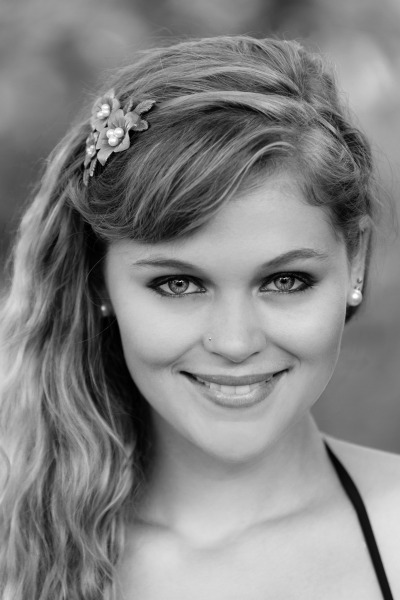
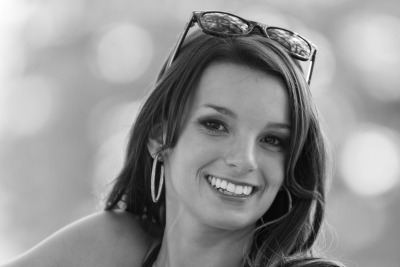
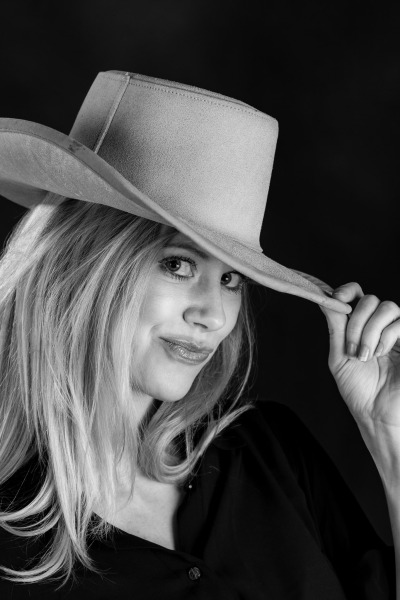
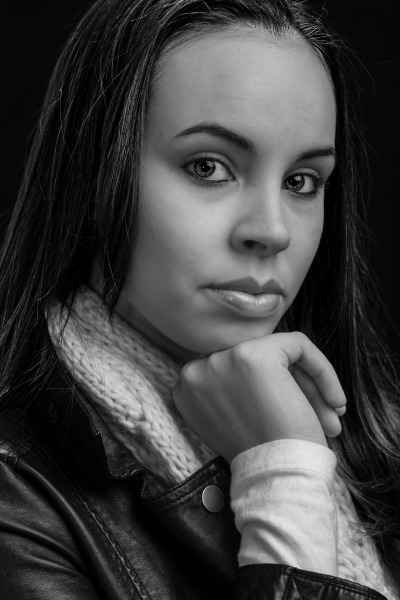
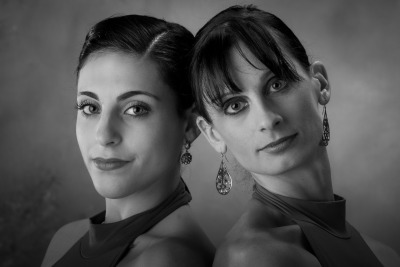
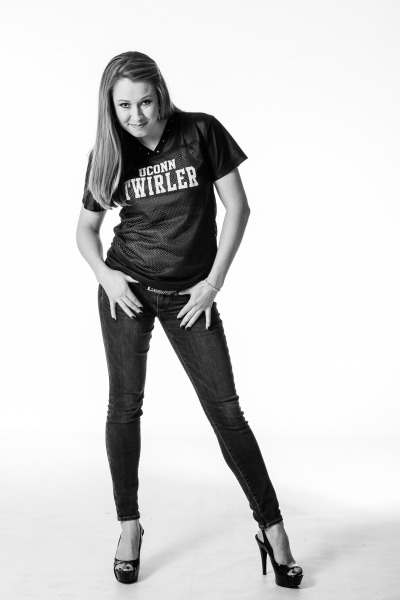
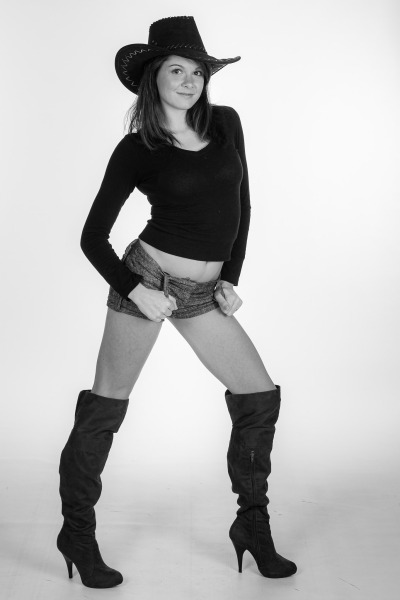
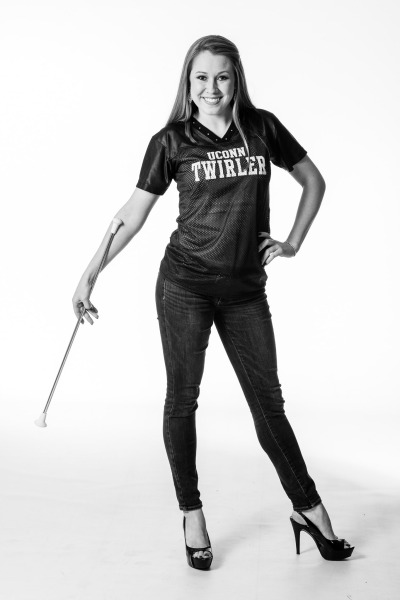
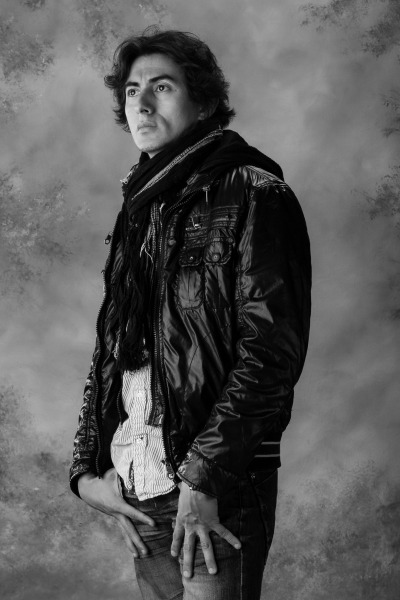
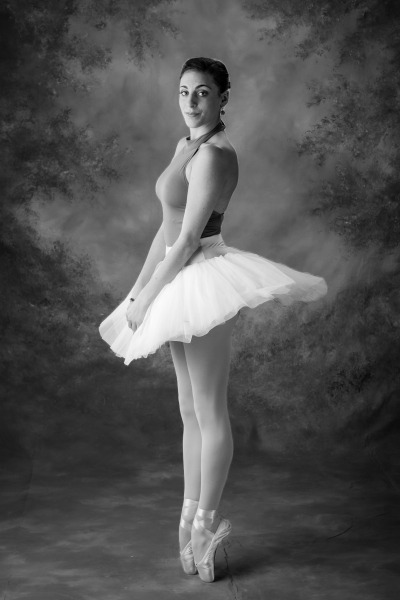
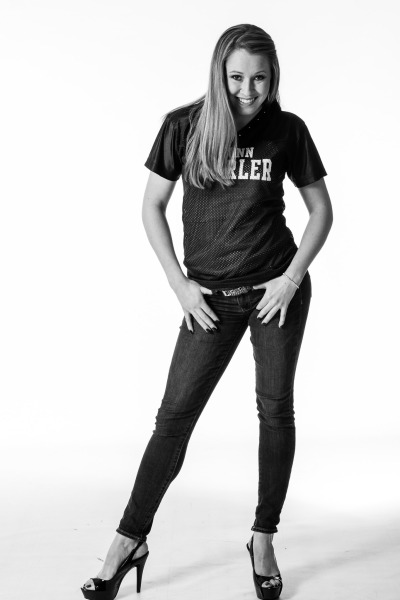
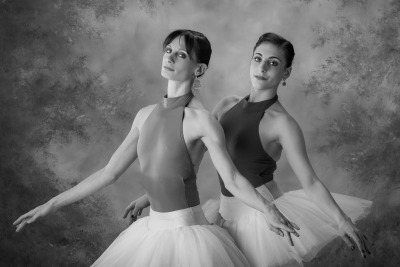
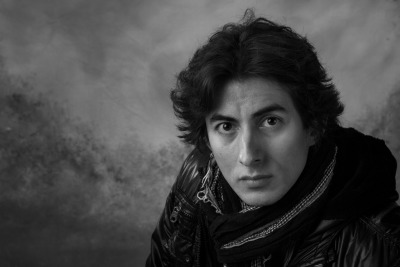
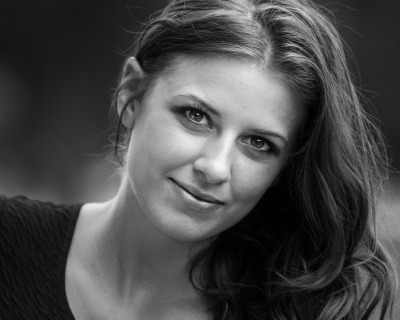
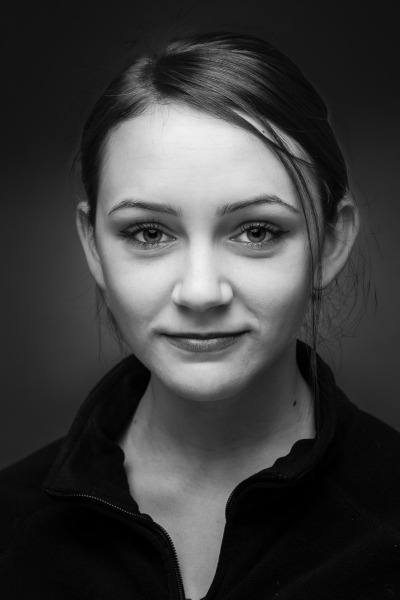
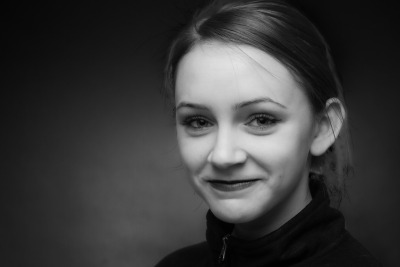
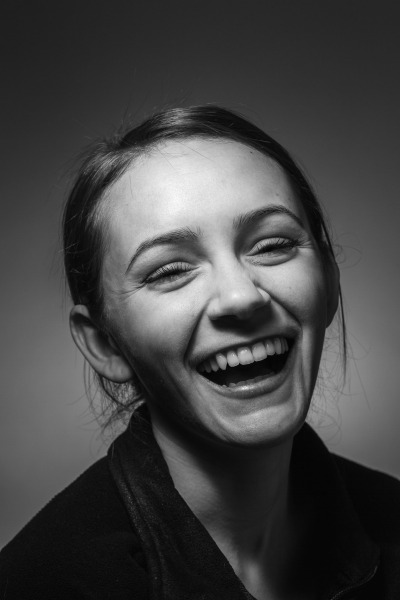
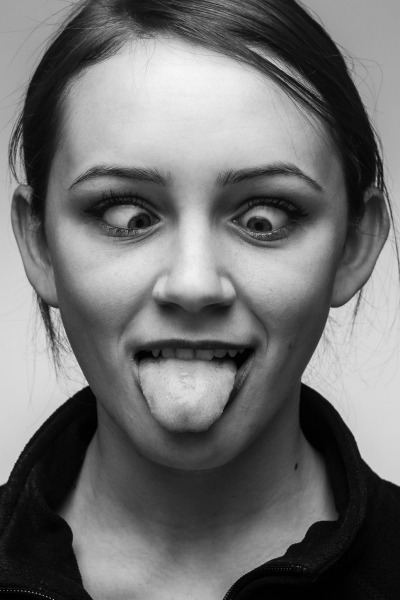
Paul White
21 Oct 2025Mike you are so right about B&W portraits. Your work is stunning and I will start going through my work to see what I have
Mike Dooley
21 Oct 2025Hey Paul, great to hear from you! I was thinking about you tonight while at a PSRI meeting! I am having a ball going through thousands of photos with a new eye, a new mindset, and new tools! So much fun!